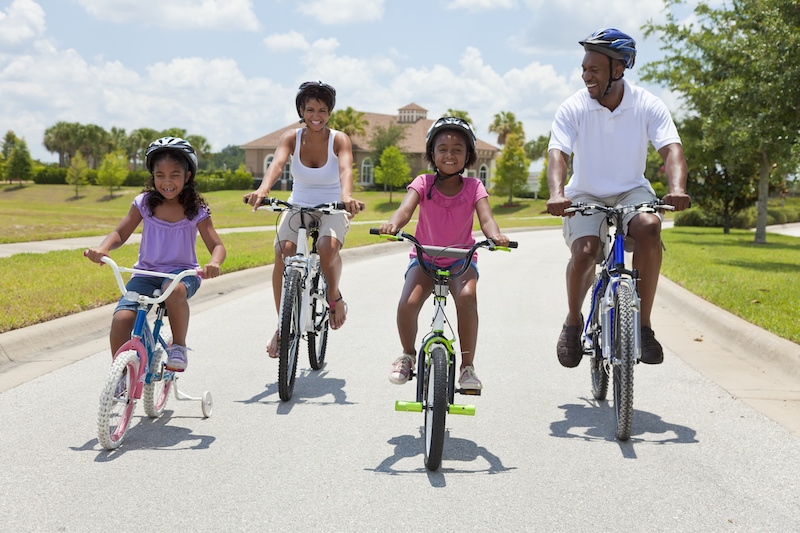How to Model Good Behavior for Children
Topics: Parenting
Age Range: Preschool
As a parent, you know how often your young child observes and even imitates your words and actions. A parent is a child’s main source of knowledge about the world around them, and your child will often look to you to understand what to do. In fact, in a recent study, adults demonstrated opening a box in a way that was more complicated than necessary. Most of the children who watched this demonstration opened the box in the same complex way, even if they had a chance to figure out the box on their own.
You can use your child’s constant observation and curiosity as a chance to demonstrate appropriate behaviors such as good manners, sharing, and respect for others. Here are some examples of ways you can model good behavior for your child:
- Say “please” and “thank you,” to your child and to others.
- Let your child see you sharing things with others, such as a snack or a book.
- When mediating a conflict between siblings or friends, use a calm tone and discuss the situation rather than shouting.
- If you are in a conflict with a family member yourself, show your child that conversation works better than getting angry.
- When upset, use general language rather than blaming language. For example, “I’m feeling worried because there is so much to tidy up before Grandma comes over. Can you help me by putting your books away?”
- Identify and discuss your feelings. This will help your child recognize and understand their own emotions.
- Follow the household rules you expect your child to follow, such as tidying up before bed or removing shoes after being outdoors.
- Follow the safety rules you expect your child to follow. For example, wear a helmet while on family bike rides.
- If your family holds certain values or parenting ideas, such as the amount of screen time your child should get, let your child see you reading books or playing board games more often.
- If you are trying to encourage your child to eat healthy food, choose more nutritious meals and snacks for yourself.
- Do good deeds for others, such as letting someone with fewer items go ahead of you in line at the grocery store, or donating old clothes to charity.
- Be patient in lines, traffic lights, and with other people.
- Do not lie or perform deceptive behavior in front of your child, such as sneaking candy into a movie theater.
- Demonstrate respect for the property of others.
- Use respectful language when discussing other people, even if you’re upset with them.
- If you are playing a game and lose, retain a good sense of humor and keep the mood light.
- When speaking to someone else, model the way you would like your child to wait their turn to speak and hold two-way conversations.
- Allow your child to see you accepting responsibility for your actions. For example, if you accidentally bump into someone while out running errands, apologize and ask if the person is okay.
- Apologize to your child if you slip up or lose your cool. This will help them to identify the way people should behave if they are in the wrong, as well as affirm that you care about how they feel.
- If you do accidentally model an inappropriate behavior, you can use it as a teaching moment by discussing why your behavior was not ideal, and what you could have done instead.
When it comes to modeling good behaviors for your child, it is important to be patient and consistent. No habit is formed overnight, but modeling appropriate actions and speech will help your child understand how to properly interact with the world around them.

